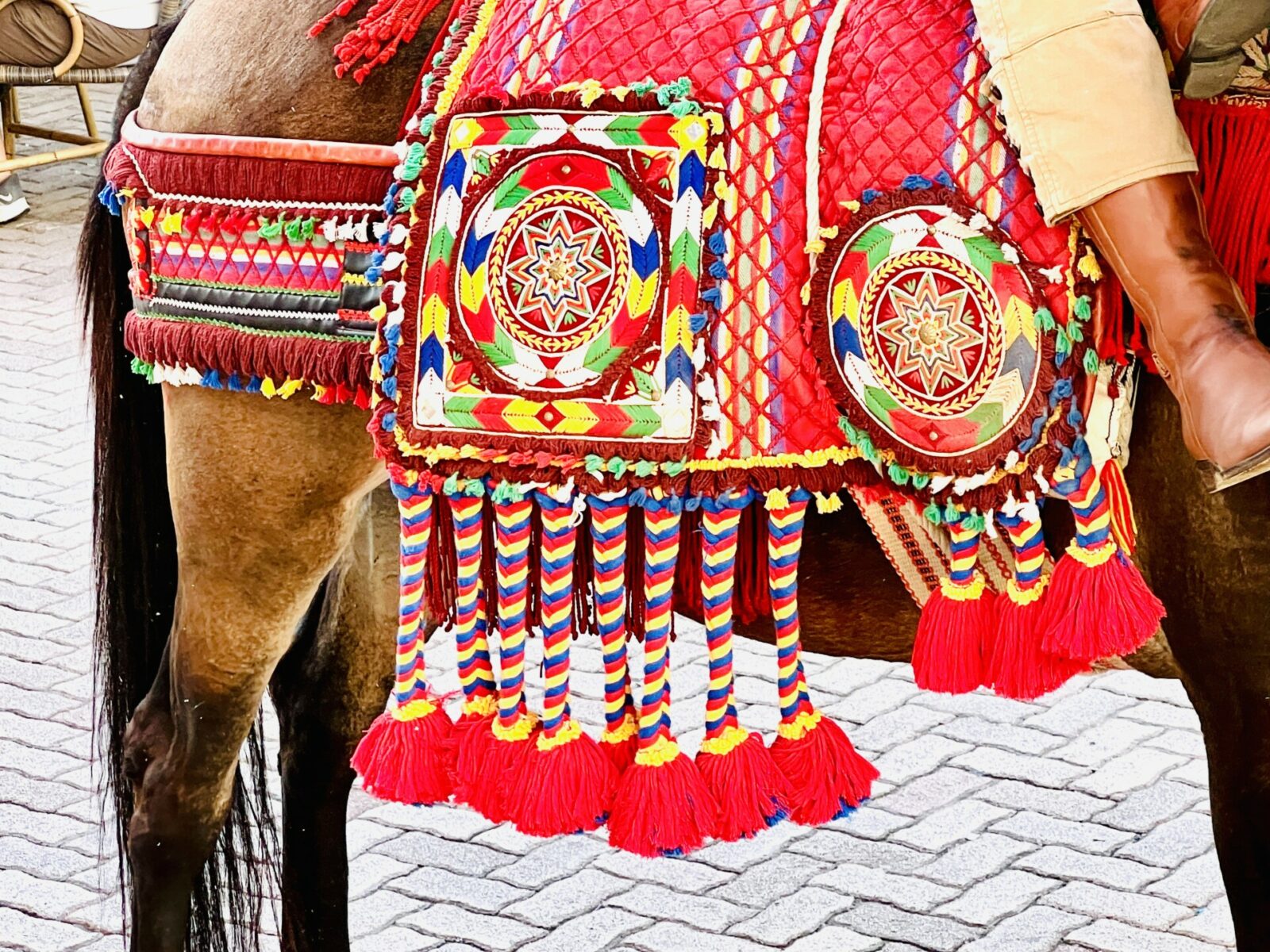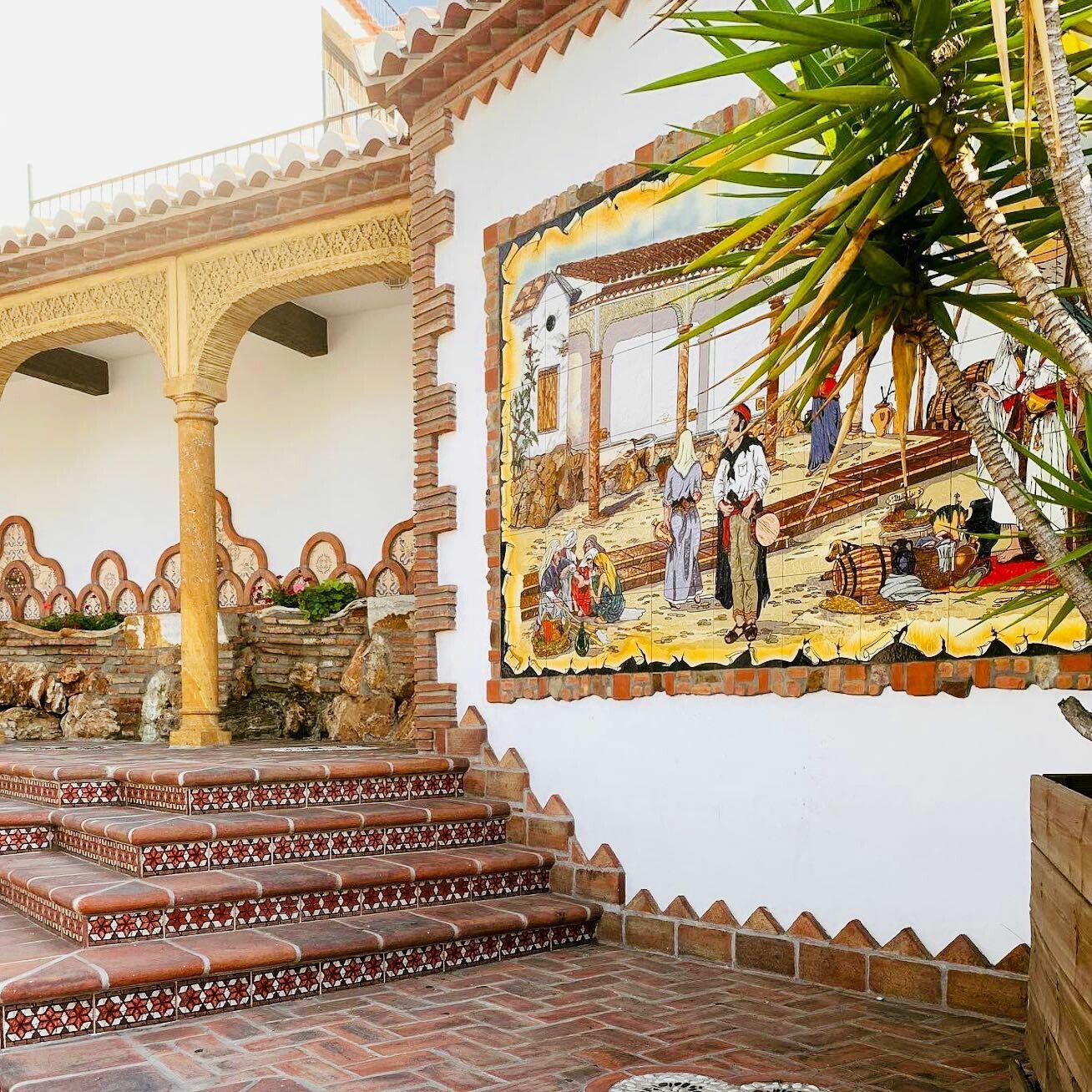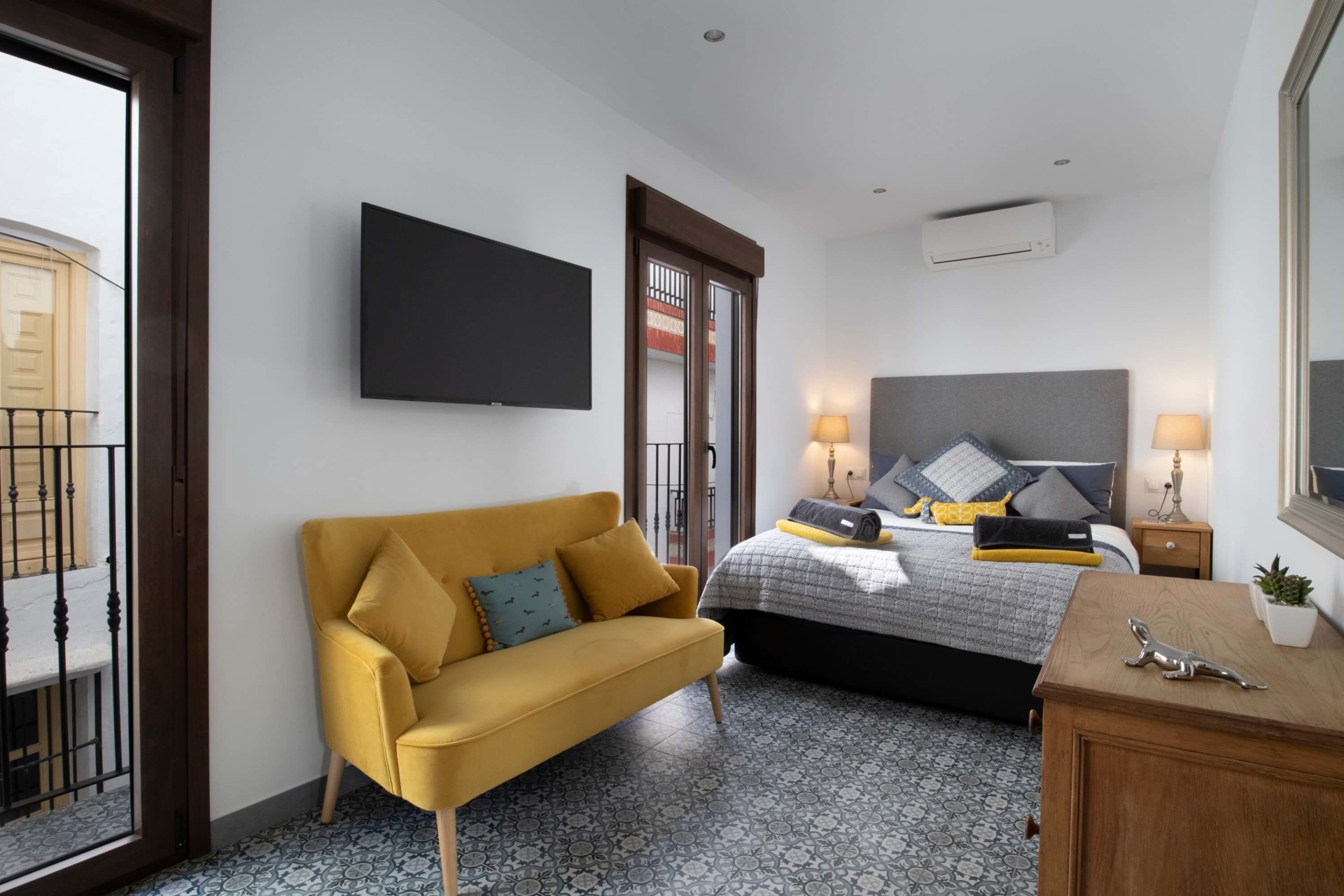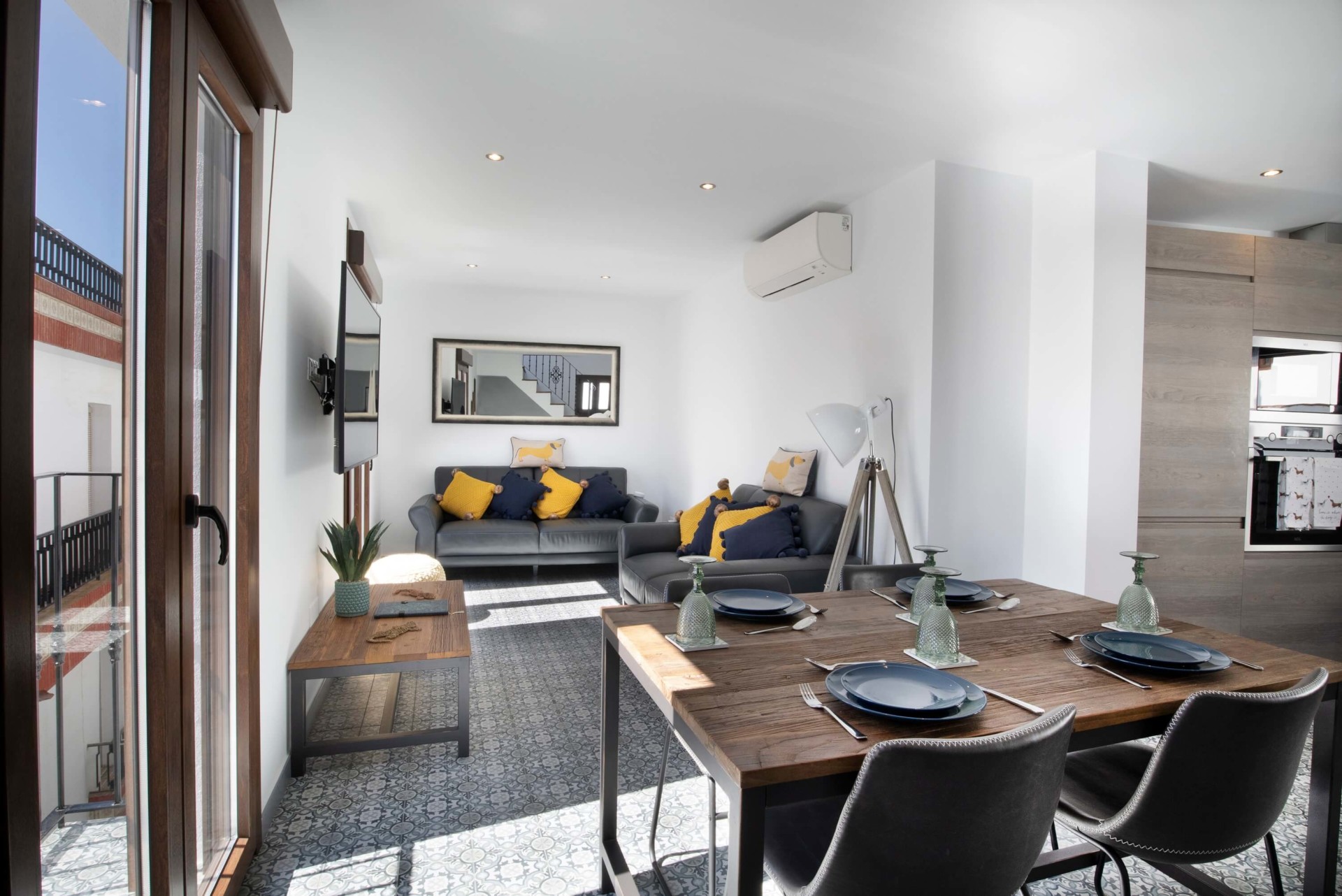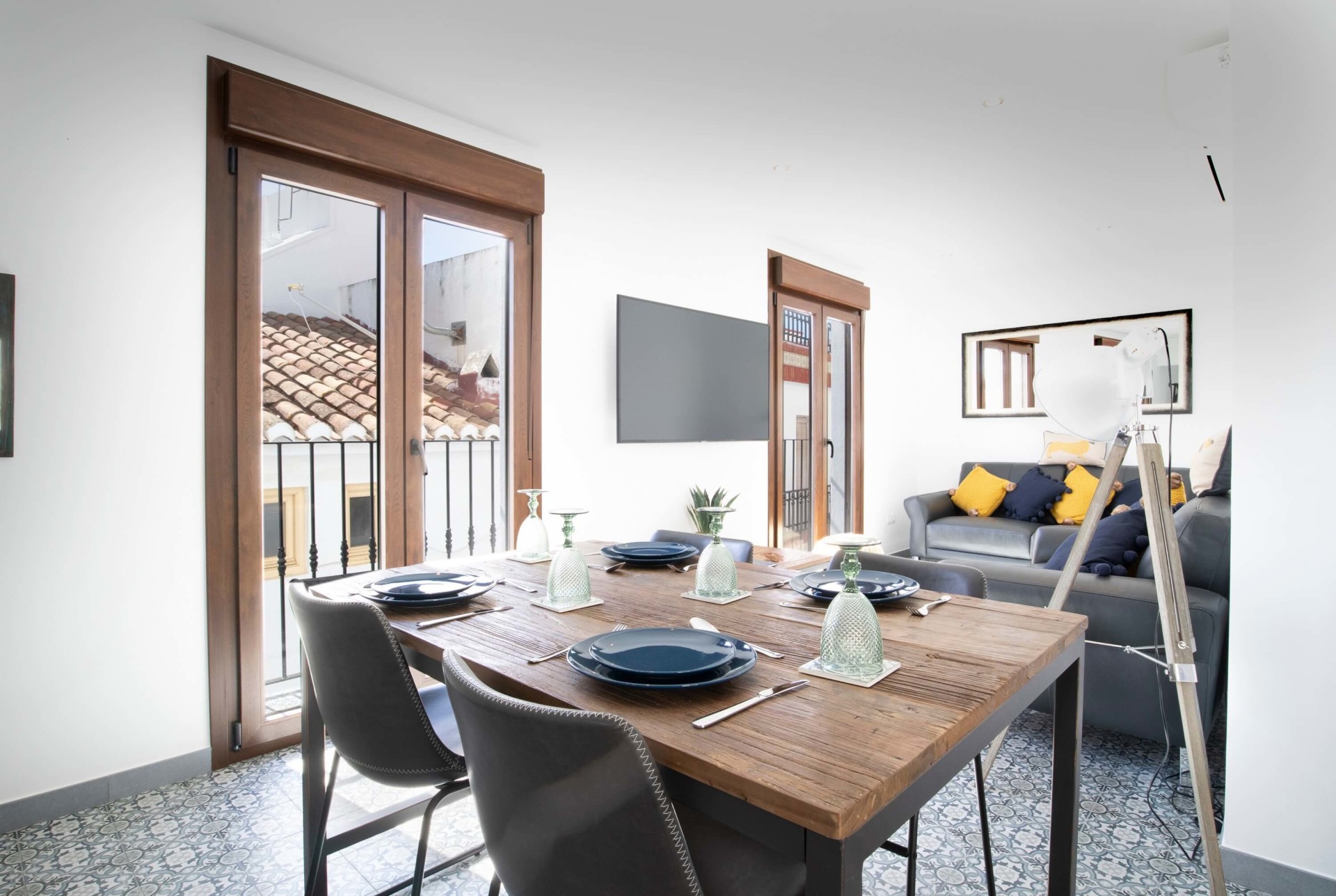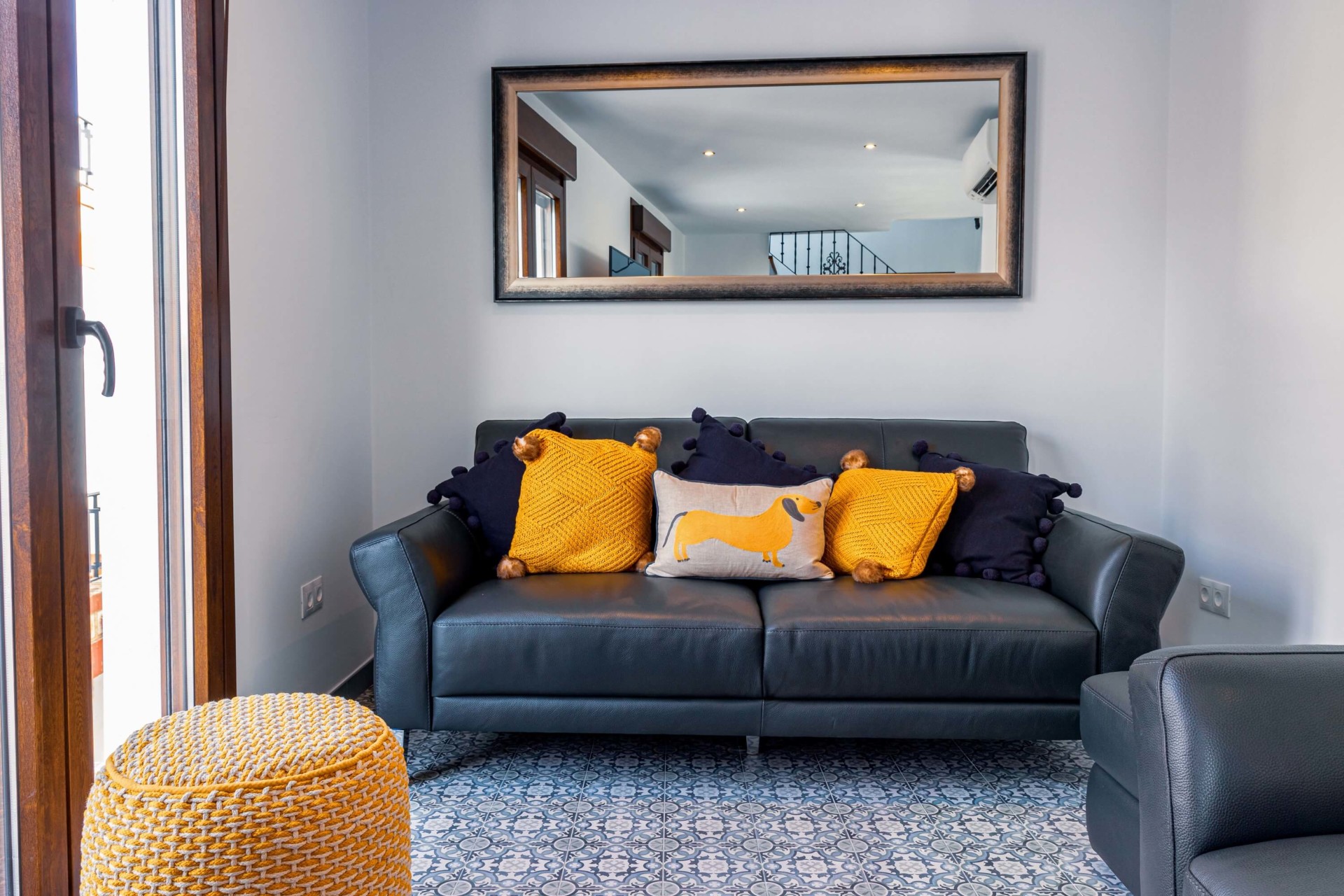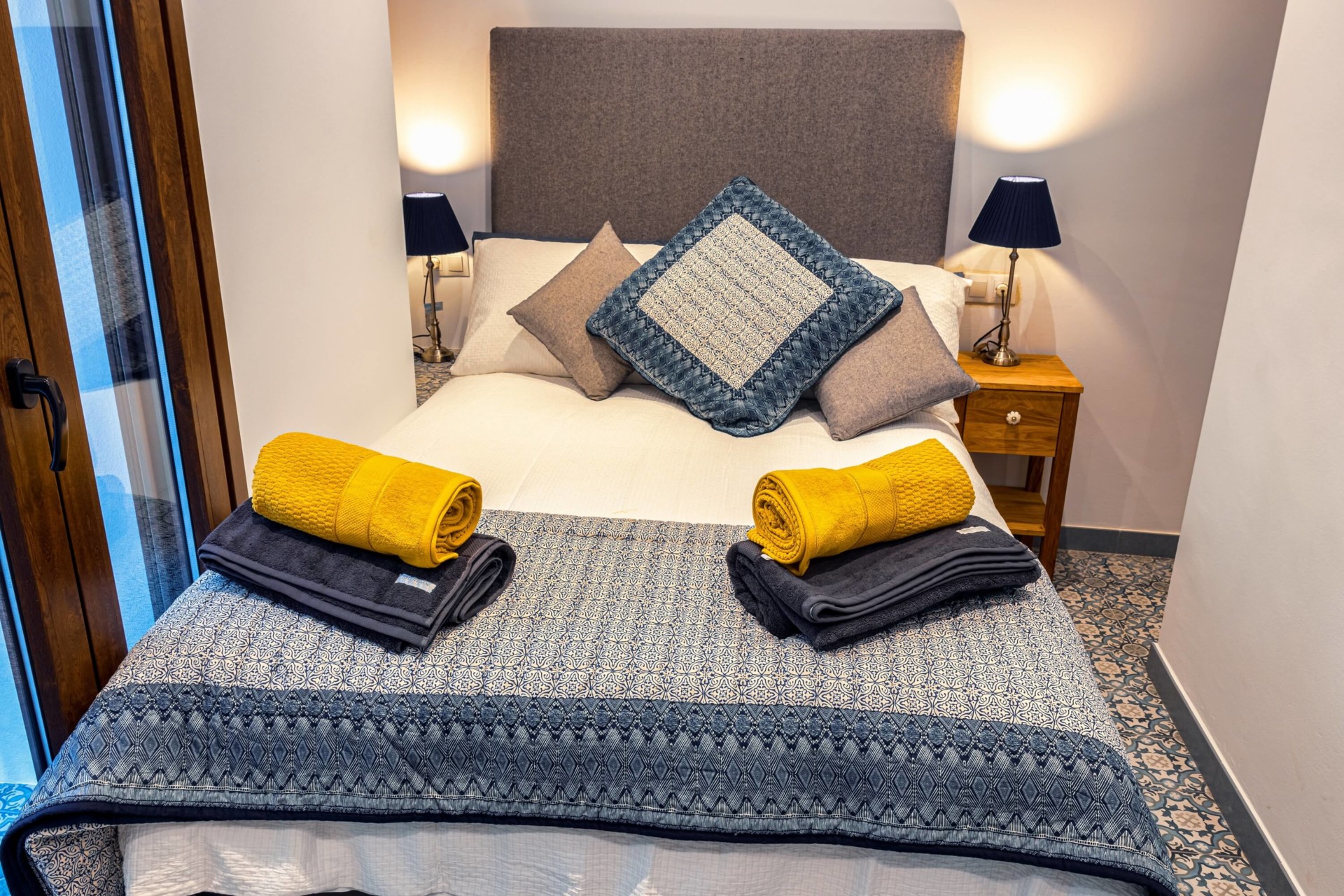Things to do in Almuñécar
Almuñécar is on the Costa Tropical, on Spain’s south coast, it is a vibrant town with a good mix of activities to suit all! It has in excess of 20 beaches, with the most well-known being Velilla, San Cristobel and Puerta del Mar. With Phoenicians, Romans, Moors and Christians all spending time in Almuñécar it has a wonderful and vibrant past that history buffs will love to explore. There are many places of interest. From the Phoenician burial ground to the Moorish castle and the Roman Aqueducts there is plenty to keep everyone entertained. The food scene is great and as is standard for the Granada region, you are given a free tapa with every drink ordered! We highly recommend this location to our guests when staying with us in Competa, as it is only 45 minutes away from the Competa Escapes Houses and you will be glad you visited.
Almuñécar’s beaches
San Cristobel
San Cristobel is the most popular and most photographed beach in Almuñécar! It has many facilities such as lifeguards, sunbeds, toilets and a plethora of bars and restaurants in the town behind. Because of the facilities, it can be very busy in the summer. Also known as La China, this beach stretches over 1100 metres with crystal clear waters and dark sand. At the end of the beach, there are rocky outcrops known as Peñónes. El Peñon Del Santo (the “Rock of Christ”) is a series of rocks jutting out to the Mediterranean Sea from the Almuñecar Old Quarter. Climb the stairs to the mirador for outstanding views of the sea, the coast and the Old Quarter. The rocks are dramatic, and you will often find them in tour guides of the area as they provide a great photo opportunity. The Peñon dates back to Phoenician times, where the ancient explorers landed before moving on to settle further up the coast in Cadiz. At the top, there is a large cross which faces south towards Morocco. This marks the defeat of the Arabs following their surrender and the beginning of Christian rule in 1489.
Puerto del Mar
Puerto del Mar is the second longest beach. It is a stunning beach, with jetties forming smaller coves perfect for swimmers. Great for families, it features restaurants, bars, shops and water sports. It is also close to the town centre. During the summer months, it is very lively with the beach bars playing buoyant music. On the western end of this beach is a smaller beach, which is considered part of Puerto del Mar. It’s bustling and popular with younger visitors due to its tropical, open-air bars and clubs. These clubs sit right on the beach and feature outdoor sofas and relaxed lounge seating.
Velilla
Velilla is the largest of the beaches and again has dark sand. It has a large shore, popular with sunbathers as due to its location the west winds do not affect the sun worshippers. At its western end sits the Aqua Tropic water park. It’s considered the liveliest area of the town with many restaurants, bars, shops, hotels, apartment blocks and night clubs. The paseo runs the whole length of Velilla and is popular with walkers and runners. Additionally, it has a bike path between the paseo and the main road and there are bicycles to rent in the area. There is plenty of parking including underground parking along the main road.
Almuñécar has a colourful history
The people of Almuñécar are known as Sexitanos, which obviously does not link from its current name. The name comes from far older times when Almuñécar’s Phoenician name ‘Sks’ was translated by the Romans as Sexi Firmun Julium. The town was founded by the Phoenicians in the eighth century BC, and during the Roman rule in the first and second centuries it reached its high point. Almuñécar, the name by which we know it today is pronounced al moo knee-yeck car, easy right? The name has an Arabic origin, since these people were its inhabitants for almost 800 years. ‘Al-Munekab’ or ‘Hisn al-Monácar’ refers to a fortress on the hill surrounded by mountains. The town’s Arab roots can be seen in the watchtowers that are found on some of its beaches, the reservoirs, and the layout of its streets. We used a fabulous site called Love Granada to help us plan our day – check it out here !
Paseo Blas Infante
We began our day of exploring at the Door of the City, the Arch of Triumph or Paseo Blas Infante. Built to honour politician Blas Infante (known as the Father of Andalusian Nationalism). Located by the bus station and a large parking area, making it a handy place to start your tour. It is an impressive monument with three arches, said to be a reminder of the three cultures that ruled Almuñecar – Roman, Islamic, and Christian.
Acueducto Romano de Sexi
Next, we took a short walk to the Acueducto Romano de Sexi. It runs between the Rivers Verde and Seco and is circa 7km long. You can find traces of the aqueduct along its path. The aqueduct was built by the Roman’s during their reign. It is said to have played an important part in the town’s main activity at the time of salting fish. The Parque del Majuelo, houses the remains of the salting factories. (We didn’t visit this on this occasion) It would, of course, have bought fresh water to the inhabitants as well as providing water for the fresh tropical fruit fields in the area. You can walk the aqueduct from Almuñécar to the north of Torrecuevas, where the last of the aqueduct remains have been discovered. Head North of Torrecuevas to a valley in the Rio Verde to see an impressive section of the aqueduct. There is a walk, but that is best saved for a day when that is all that you do. It takes you up the valley of the Rio Seco, through Torrecuevas village and back to Almuñécar, via the Rio Verde valley
La Iglesia de la Encarnacion
Just a few hundred metres from the aqueduct is the Church of Incarnation, La Iglesia de la Encarnación. Located in the centre of the town behind the Ayuntamiento (town hall). The church is built from materials from the old Arab Mosque which was deconstructed by Christians during the reconquest of 1489. Designed like many of Granada’s grand cathedrals by the famous Granada artist Diego de Siloé. A Visigoth statue of the patron saint of Almuñecar, la Virgen de la Antigua, is housed in La Iglesia de la Encarnación. Built by Ambrosio de Vico between 1570 and 1600. You will find Baroque and Renaissance features in the architectural design. Juan de Herrera, architect to Phillip II, was responsible for its design. This church is the first of the parish churches of the Diocese of Granada that adopted the counter reformist model of Jesuit influence, to the detriment of the previous Mudejar model. It’s huge tower and striking spire stand out against the skyline and were added at a later date. Access to the church is free and it is well worth a visit.
Archaeological Museum of Cueva de los Siete Palacios
Again, in just a few hundred metres you will find the Archaeological Museum of Cueva de los Siete Palacios. There are some steps on the route, but they are easily achievable with prams or if you are slightly unfit, just take your time. Additionally known as the Cave of 7 Palaces. However, it is not as its name may suggest located in a cave. Rather it is located in what was the grounds of the former Roman Temple/Palace of Minerva. It is a paid site, with access to this and the San Miguel Castle costing just a few euros per person. You can buy tickets for one or both sites here, but note they do not take cards. Here, you can see various archaeological pieces, among which the 16th-century-BC Egyptian amphora that belonged to Pharaoh Apophis I and remains found at the Necropolis of Puente de Noy, Laurita and the fish salting factory. It is well laid out, with glass floors showing you what the dugout grounds have revealed. Additionally; there are videos, showing you Almuñécar’s colourful past.
Castillo de San Miguel
From the Museum we took a short walk to the castle, signs direct you in two ways but follow either as they are equidistant. You are now high above the Old Town at the Castillo de San Miguel or St Michael’s Castle. Though imposing, the structure is reasonably small and quite spectacular and affords great views. The former Roman fortress was rebuilt by Ferdinand the Catholic after the Catholic conquest. At this time the four circular towers were added along with the drawbridge and moat. During the war of Independence against the French, it was bombed by the English and sadly reduced to ruins. It has had a former life as a mid-20th century cemetery. Over the past decade, it has had significant renovation and now features exhibition halls as part of its tour. Which also includes a small-scale model showing how the area once appeared. From Tuesday to Saturday, they offer free guided tours at 11 am and 7 pm. Take note that the castle follows the norm in Spain and is closed between 2 pm and 5 pm.
Time for drink and tapas
From here we walked down a sweeping hill, past the Pena Escrita Botanical Park and Zoo with its lively bird sounds. We strolled along and took a look at the Penon del Santo (as mentioned above). It was mid-afternoon and time for Tapas and a drink on the beach!
The varied cuisine in Almuñécar
Seafood
It will come as no surprise that seafood is a big feature of the cuisine here. However; if you are not a fan of seafood you will still be well catered for. Almuñécar has a very broad mix of International Cuisine, Spanish, Mediterranean, Italian, French, and Asian to name just a few. But back to the local cuisine! Seafood cocktail cooked on the grill is popular here you just need to ask for Moraga. Atun encebollado or onion seasoned tuna fish is a great dish. As is Sopa de Ajo or garlic soup, a very tasty addition to any menu. You will find a great variety, squid, cuttlefish, oysters, clams, mussels, anchovies and prawns. One of our favourites is Espetos de Sardinas (sardine skewers). Cooked on the barbecue until the skin is charred they are crispy and laced with crunchy salt. The sardines are grilled inside and out, without burning which is due to the shape of the Espeto (cane). Potato stews with dogfish and monkfish salads are popular too. Pumpkin often features on many of the menus.
Tropical Fruits
Tropical fruits also grow in the region and feature highly on the menu. You will often see Aguacate con Gambas, avocado with prawns. We have ordered this on more than one occasion! We have had variations from the classic prawn cocktail to an avocado topped with prawns and grilled cheese. Another local fruit speciality is the Custard Apple or Chirimoya (also spelt Cherimoya). Its name is derived from the Incas, though in Europe it is called Soursop or Sugar Apple. You will find it served as a delicious creamy ice cream. They are heart or globe-shaped with a thin velvety skin and the inside has a creamy custard-like texture, hence its name. It is said to be a combination of sweet, tangy and sour flavours and is likened to a cross between a strawberry, banana, peach and pineapple. Give one a try and let us know what you think? Click here for the current ten best restaurants on Trip Advisor in Almuñécar!
To conclude
We had a busy day in Almuñécar, and we thoroughly enjoyed ourselves. However; we know that need to go back as there is so much more to see and do in both the old and the new quarter. Of course, we will return, so look out for Almuñécar part II.
The Competa Escapes Townhouses
We have two luxury townhouses in the heart of Competa. Both featuring plunge pools and fantastic views. Two bedroomed and ensuite. Heating and aircon throughout. Perfectly situated for all the bars, restaurants and activities in the area. Please take a look at our website when considering your next holiday!



